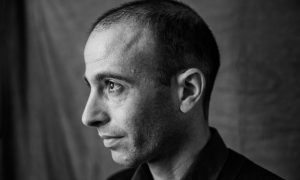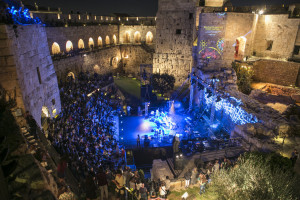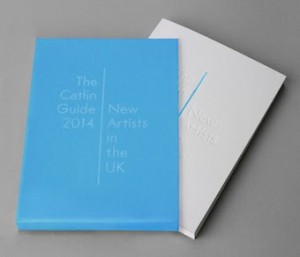Jerusalem is a place filled with beauty, conflict and contradiction. Looking out from Mount Scopus, a place historically know as a point for strategic attacks on the city, there is a harmonious serenity to the architectural landscape. The uniform colour of the pale limestone used in every structure gives a satisfying feeling of unity as the many sounds of the city amalgamate to create a hypnotically resonating soundtrack.
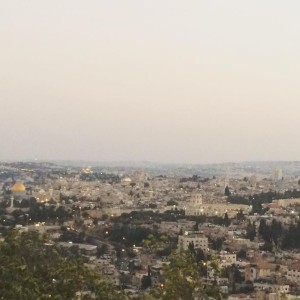
Arguably one of the holiest places in the world it is no surprise that Jerusalem is visually stunning. The scale of it’s history can be, at times, intense, as can trying to get to grips with the complex infrastructure of the city. From a distance the breathtaking beauty can be deceptive and as one becomes immersed in the daily existences of the cities’ diverse residents, one begins to garner an insight into the frustrating difficulty to coexist that has plagued them for centuries.
The square kilometer that is the Old City is divided into quarters, with Muslims, Jews and Christians existing in close proximity but maintaining strict divisions. There are provocative gestures from each religion where the divisions become slightly blurred, but everyone seems to have become so used to the segregation that there is a strangely amicable understanding.
Jerusalem has been described as a laboratory of sorts for the rest of Israel. An experiment to see how the coexistence, or lack of it, in the city can relate to the rest of the country. The communities are so fiercely separate but so uncomfortably close there is constant tension. Each community has demonised the other for so long throughout years of violence and unrest that even the most staunch liberals have their reservations about complete integration.
Walking through the bustling Mahane Yehuda Market there are memorial plaques giving a constant reminder of the violence that has taken place in the city, and perhaps may again. These could easily go unnoticed to an outsider as one’s attention is captivated by the market’s prominent nightlife. Hip young things adorn the alleys of the market, spilling out of the many bars and restaurants, which have a lot more in common with London’s gentrified Brixton Market than one would perhaps imagine. Jerusalem is not immune to these afflictions. The rapid gentrification affecting London and other western cities is as rife in Jerusalem as anywhere else. The skyline is rapidly changing as redevelopers and rich westerners move in. The cities architecture is soaring towards the skies as the developers run out of space – killing the uniform low level construction that had been the status quo up to this point.
With this kind of change there will almost definitely come more unrest and more reason to be disgruntled, but this kind of change can also unite people. There is a sense in Jerusalem of a new generation, a creative generation which is still fully aware of the tense political and religious climate but willing to stand its ground rather than escape to the more liberal parts of the country at the first opportunity.
Jerusalem is home to some of the country’s most prestigious art schools and gradually fledgling, but solid, creative communities have begun to emerge and stay as Jerusalem has started to offer more to a younger generation, who’s perspective on the issues surrounding religion and politics are a world away from those of their parents’ and grandparents’ generations.
Jerusalem Season of Culture is in its 5th year and and has become one Israel’s most prolific artistic happenings. The season consists of a hugely varied program split up into festivals and events focusing on contemporary art, music and culture. The dedicated team of Jerusalemites, indefatigably working on the season, have an unrelenting passion for the city and and the creativity it has to offer. The season’s events range from a contemporary art festival based around the city’s Temple Mount area, to an underground counterculture music festival to a sacred music festival; and everything in between. All the events are Jerusalem specific and incorporate all the beauty, history and turbulence the city has to offer.
The season kicks off with In House Festival – a series of 6 site specific events and performances held in public spaces and in the residences of some of the performers. The festival explores the city in every aspect integrating and analysing this complex melting pot.

Um Sami or Sami’s Mother is a collaboration between Hannah Vazana Greenwald, a Moroccan born Israeli raised theatre director and Um Sami, a Palestinian women and founder of the Sharafat Women’s Cooking Collective. Sharafat is a forgotten corner of Jerusalem – a neglected, predominantly Palestinian village without much of the basic upkeep the rest of the city takes for granted. The ritualistic performance takes place in the village’s women’s institute – a place where the local women come for help and to develop life skills. A performance takes place combining the elegantly romantic tales from Um Sami and and rolling of vine leaves – a participant process unifying the audience and performers. The event is one of the season’s few Israeli Palestinian collaborations and represents the importance of the season but it’s rarity also speaks to the difficulty to unify, even when the desire is there.
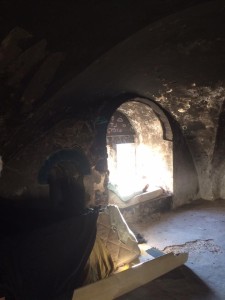
The theme of community is strong in all the projects within In House Festival. HaKol HaGalui is an immersive, impressively technological, audio tour through the village of Lifta, an area on the outskirts of the city which is in the early stages of redevelopment. The organisers met at the Archive, History and Theory Department of Bezalel Arts & Design School and through a mutual passion for the area and its preservation, begun to realise the cultural significance of Lifta, a Palestinian village which is the last of its kind not to have not been resettled and which maintains its unblemished rural landscape. “As Israelis we feel very committed to take part in the formation of our culture and the future of our urban environment. In this sense ‘Hakol Galui’ is an activist action.”
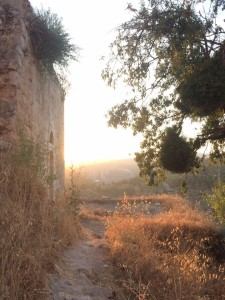
In an Ultra-Orthodox neighbourhood on the East side of the city lives Marlyn Venig, an Australian born, former television presenter and journalist turned Orthodox mother of 7 and film critic. Marlyn and her husband, who both attended the same experimental secondary school in Jerusalem, gradually converted to Orthodox Judaism after they were married, with neither of them coming from an Orthodox background. In the Orthodox community women adopt the role of breadwinner as well as being full time mothers to their large families and Marlyns unconventional move into the world of critiquing cinema was a bold move. The Marlyn Lexicon is a series of seminars held in Marlyn’s simple home, consisting of a dialogue between Marlyn and Shifra Cornfeld, an author and minor Israeli celebrity. The talks discuss Marlyn’s practice and exploration into Orthodox and mainstream cinema as well as her journey as mother, cultural studies doctoral student, a poet, activist and teacher.
The more jovial elements of the festival included Radio Lab – a Jerusalem specific podcast inspired by the renowned This American Story. Audiences were invited to witness the recording of Israel Story – a series of shows discussing and telling stories from Jerusalem’s contemporary culture.
Rent party was another colourful insight into Jerusalem’s developing contemporary scene. A Harlem style rent party with flowing booze hosted by The Hazelnuts performing post-doo-wop swing music from 1930s.
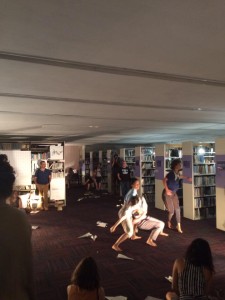
The public library at the Gerard Behar Center played host to Night Story – an enchanting evening of performance and visual art hidden amongst the the four floors of literature.
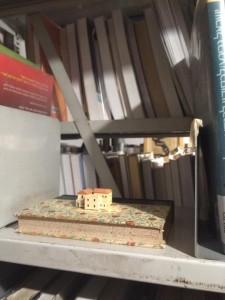
Jerusalem is an unbelievably complicated and, at times, intimidating place. It is a place rife with concern but at the same time a place full of beauty and creative opportunity. Jerusalem Season of Culture and things like it are an integral part to Israel’s healing and growth and pave the way for new generations to have opportunities that were completely unimaginable in the not too distant past.
The Program for the rest of the season runs until early September and all other info can be found HERE.
